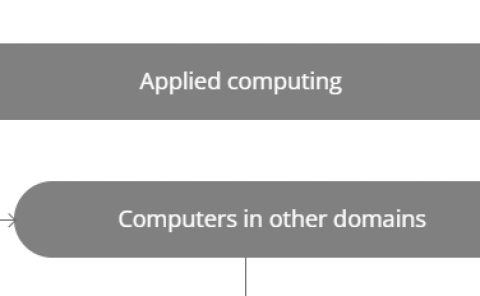VR-SSVEPeripheral: Designing Virtual Reality Friendly SSVEP Stimuli using Peripheral Vision Area for Immersive and Comfortable Experience
Date:May 2024
Teams:KAIST
Writers:Jinwook Kim,Taesu Kim,Jeongmi Lee
Abstract
Recent VR HMDs embed various bio-sensors (e.g., EEG, eye-tracker) to expand the interaction space. Steady-state visual evoked potential (SSVEP) is one of the most utilized methods in BCI, and recent studies are attempting to design novel VR interactions with it. However, most of them suffer from usability issues, as SSVEP uses flickering stimuli to detect target brain signals that could cause eye fatigue. Also, conventional SSVEP stimuli are not tailored to VR, taking the same form as in a 2D environment. Thus, we propose VR-friendly SSVEP stimuli that utilize the peripheral, instead of the central, vision area in HMD. We conducted an offline experiment to verify our design (n=20). The results indicated that VR-SSVEPeripheral was more comfortable than the conventional one (Central) and functional for augmenting synchronized brain signals for SSVEP detection. This study provides a foundation for designing a VR-suitable SSVEP system and guidelines for utilizing it.


